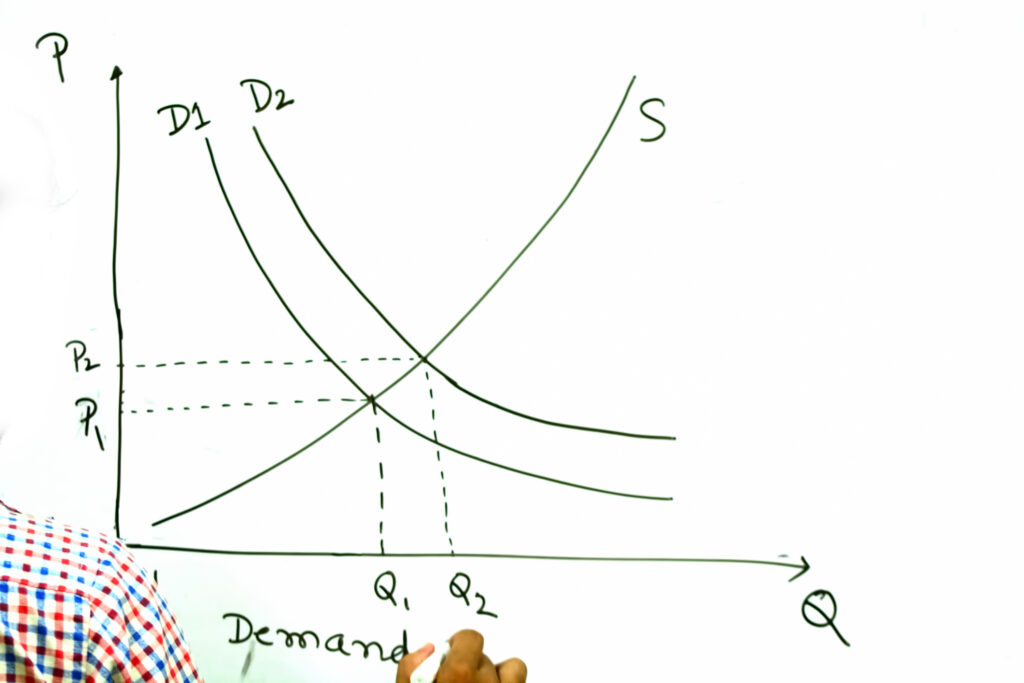
Grades 9-12
Happy EconEdMonth! Celebrate economics all month long by visiting EconEdMonth.org

Don't have an account yet? Sign up for free
Don't have an account yet? Sign up for free
Students will be able to:

In this economics lesson, students will compute exchange rates to learn their impact on international trade.
Warm-up
Introduce the topic of coffee to the class by stating, “Coffee, especially specialty coffees, has become a popular drink in many countries around the world – including the United States. In fact, the US is the number one importer of coffee beans and the world’s largest consumer of coffee.” Ask students the following questions:
Remind students that coffee is derived from coffee beans, which are traded in the international marketplace. That means, the price is determined by various factors such as supply, demand, and international exchange rates. Because Brazil is the world’s largest producer of coffee beans, the value of the Brazilian Real plays an important role in setting the price of coffee they drink every morning.
Modeling
Open and project the PowerPoint Slides. Use the speaking notes within the slide deck to help students understand the importance of exchange rates. Ask students if they have ever heard the term “exchange rates” or have any idea what it means. Answers will vary. Explain that exchanges rates are used to compare the value of money in one country with the value of money in another country. Review slides 2 to 19 in the slide deck.
Group Activity
Distribute copies of Understanding Exchange Rates to each student. Break students into groups of 2 or 3 students and instruct groups to use their phones, tablets or laptops to access the Exchange Rate Calculator to calculate exchange rates and answer the questions in the activity. In addition, they may want to use a sheet of graph paper or an online application to complete the graphing assignment in the second part of the activity.
Individual Activity
Distribute one copy of the The Impact of Exchange Rates to each student. Tell students they will be applying what they learned in the lesson by giving a brief description of what happens in each situation presented. Use The Impact of Exchange Rates Answer key to debrief the answers with students after they have completed the assignment.
Have students write a brief paragraph to answer the following question: Which of the following is more beneficial for the United States: a strong dollar, a weak dollar, both, or neither? Explain your answer.
Sample Answer
The strong and weak dollar can benefit different sectors of the economy. Import-dependent industries prefer a strong dollar, as it makes the prices of imports appear lower, so people will buy more. Export-dependent industries prefer a weak dollar, as it makes the prices of exports appear lower, so people will buy more.
Activity 1
Have students select three countries they would like to visit. Tell them they have $1,500 to spend on their vacation (not including airfare). Have them calculate the exchange rates for each country and identify which of the three countries would be the best vacation destination (the country where their money would be worth the most).
Activity 2
Have students go to the International Coffee Organization: World Coffee Production and check out the top five coffee producing nations. Have students calculate and compare the exchange rates for these nations; then write a paragraph explaining their findings.

Grades 9-12

Content Partner
Grades 6-8, 9-12

Grades 6-8, 9-12

Grades 6-8, 9-12
